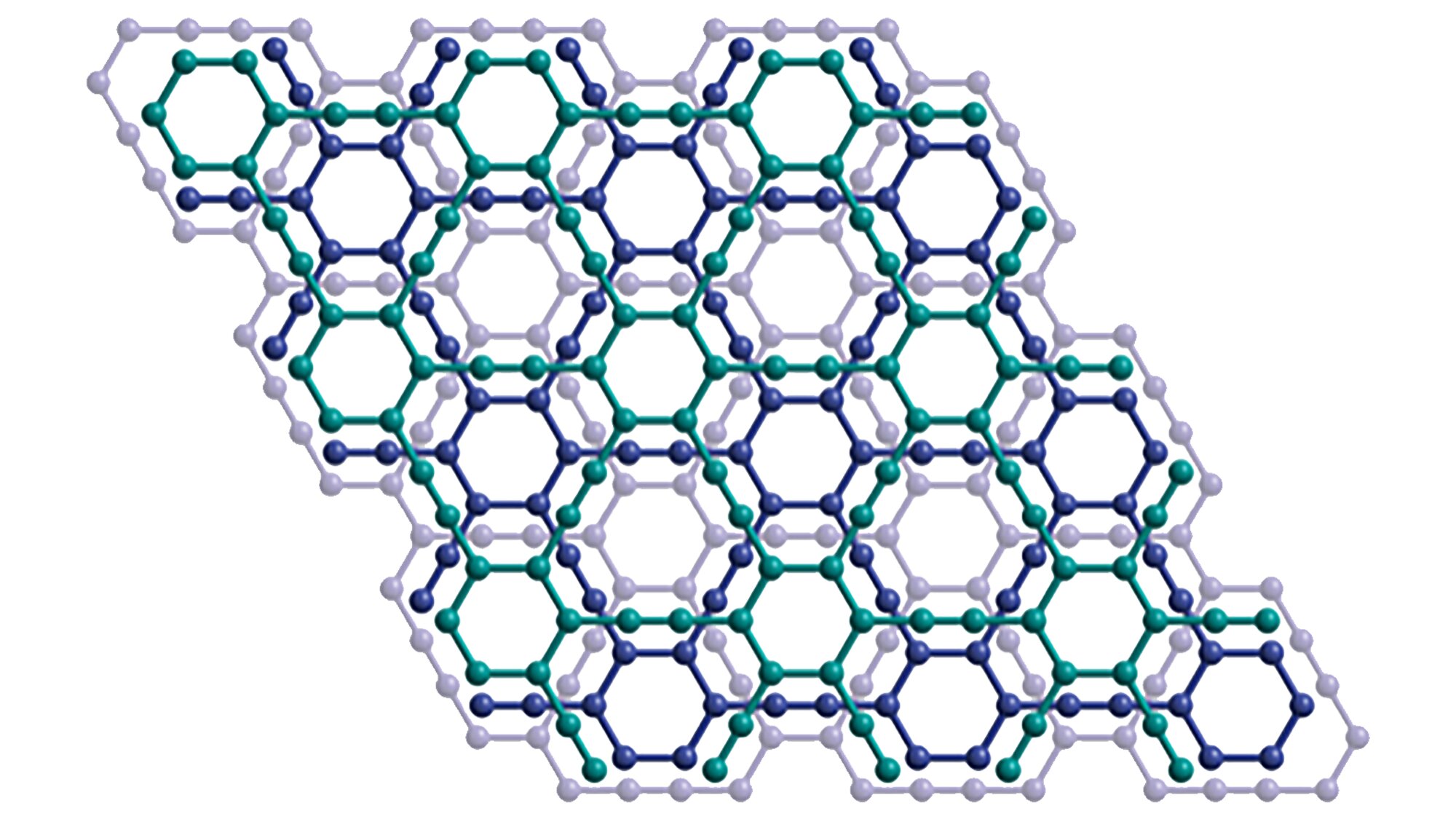
For over a decade, scientists have attempted to synthesize a new form of carbon called graphyne with limited success.
Graphyne has long been of interest to scientists because of its similarities to the “wonder material” graphene—another form of carbon that is highly valued by industry whose research was even awarded the Nobel Prize in Physics in 2010.
This research, announced last week in Nature Synthesis, fills a longstanding gap in carbon material science, potentially opening brand-new possibilities for electronics, optics and semiconducting material research.
“The whole audience, the whole field, is really excited that this long-standing problem, or this imaginary material, is finally getting realized,” said Yiming Hu, lead author on the paper and 2022 doctoral graduate in chemistry.
Scientists have long been interested in the construction of new or novel carbon allotropes, or forms of carbon, because of carbon’s usefulness to industry, as well as its versatility.
There are different ways carbon allotropes can be constructed depending on how sp2, sp3 and sp hybridized carbon (or the different ways carbon atoms can bind to other elements), and their corresponding bonds, are utilized.
The most well-known carbon allotropes are graphite (used in tools like pencils and batteries) and diamonds, which are created out of sp2 carbon and sp3 carbon, respectively.
Using traditional chemistry methods, scientists have successfully created various allotropes over the years, including fullerene (whose discovery won the Nobel Prize in Chemistry in 1996) and graphene.
However, these methods don’t allow for the different types of carbon to be synthesized together in any sort of large capacity, like what’s required for graphyne, which has left the theorized material—speculated to have unique electron conducting, mechanical and optical properties—to remain that: a theory.
Using a process called alkyne metathesis—which is an organic reaction that entails the redistribution, or cutting and reforming, of alkyne chemical bonds (a type of hydrocarbon with at least one carbon-carbon triple covalent bond)—as well as thermodynamics and kinetic control, the group was able to successfully create what had never been created before: A material that could rival the conductivity of graphene but with control.
While the material has been successfully created, the team still wants to look into the particular details of it, including how to create the material on a large scale and how it can be manipulated.
“We are really trying to explore this novel material from multiple dimensions, both experimentally and theoretically, from atomic-level to real devices,” Zhang said of next steps.